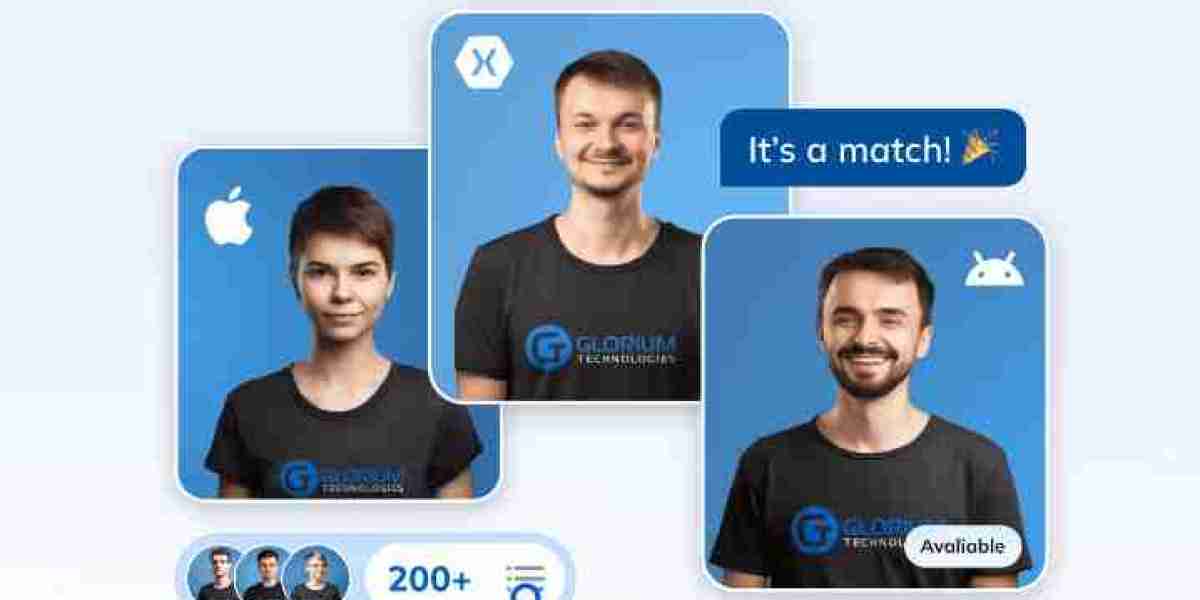In the digital age, Software as a Service (SaaS) has revolutionized the way businesses operate, offering a scalable, cost-effective, and efficient model for delivering software applications over the internet. As more organizations shift to cloud-based solutions, the demand for SaaS applications continues to soar. This article delves into the intricacies of SaaS app development, exploring the process, best practices, challenges, and future trends that will shape the industry.
1. Understanding SaaS: What Is It and Why It Matters
Before diving into the technicalities of SaaS app development, it’s crucial to understand what SaaS is and why it has become a dominant force in the software industry.
1.1 What is SaaS?
Software as a Service (SaaS) is a cloud-based software distribution model where applications are hosted by a service provider and made available to customers over the internet. Unlike traditional software that requires installation on individual devices, SaaS applications are accessed via a web browser, eliminating the need for complex setups and providing users with the flexibility to work from anywhere.
1.2 Key Characteristics of SaaS
- Subscription-Based Pricing: SaaS applications are typically offered on a subscription basis, allowing users to pay a recurring fee rather than a large upfront cost.
- Scalability: SaaS solutions can scale effortlessly to accommodate the growing needs of a business, whether it involves increasing the number of users or adding new features.
- Automatic Updates: SaaS providers handle all updates and maintenance, ensuring that users always have access to the latest version of the software.
- Accessibility: With SaaS, users can access their applications from any device with an internet connection, making it ideal for remote work and collaboration.
1.3 The Rise of SaaS
The SaaS model has gained immense popularity due to its numerous benefits, including lower upfront costs, ease of use, and the ability to scale quickly. As businesses increasingly adopt cloud computing, SaaS is poised to become the preferred delivery model for software applications across various industries.
2. The SaaS App Development Process
Developing a SaaS application involves several stages, each requiring careful planning and execution. From ideation to deployment, here’s a detailed look at the SaaS app development process.
2.1 Ideation and Market Research
The first step in SaaS app development is to identify a problem that your application will solve. Conduct thorough market research to understand the needs of your target audience, assess the competition, and identify any gaps in the market. This research will help you define your value proposition and determine the unique features that will set your SaaS application apart from others.
2.2 Business Planning and Strategy
Once you have a clear idea of your SaaS app, it’s time to develop a comprehensive business plan. This plan should outline your goals, target market, revenue model, marketing strategy, and the resources required for development. Consider different pricing models such as freemium, subscription, or pay-per-use to determine which aligns best with your business objectives and target audience.
2.3 UX/UI Design and Prototyping
User experience (UX) and user interface (UI) design are critical components of SaaS app development. A well-designed interface can significantly enhance user satisfaction and retention. Begin by creating wireframes that outline the layout and functionality of your application. These wireframes will serve as blueprints for your design.
Next, develop a prototype to test the core features of your application. Prototyping allows you to gather feedback from potential users and make necessary adjustments before moving on to full-scale development.
2.4 Technology Stack Selection
Choosing the right technology stack is crucial for the success of your SaaS application. Your choice of technologies will impact the scalability, performance, and security of your application. Here are some common technologies used in SaaS app development:
- Front-End: HTML, CSS, JavaScript, and front-end frameworks like React, Angular, or Vue.js.
- Back-End: Node.js, Ruby on Rails, Django, or ASP.NET, along with a relational or NoSQL database like MySQL, PostgreSQL, or MongoDB.
- Hosting: Cloud platforms like Amazon Web Services (AWS), Microsoft Azure, or Google Cloud Platform (GCP).
- DevOps: Continuous Integration/Continuous Deployment (CI/CD) tools like Jenkins, Docker, and Kubernetes for automated testing, deployment, and scaling.
2.5 Development
The development phase is where your SaaS app starts taking shape. This phase involves front-end and back-end development, database management, API integration, and cloud deployment.
- Front-End Development: The front-end is responsible for the user interface and experience. Developers use HTML, CSS, and JavaScript along with frameworks like React or Angular to create a responsive and interactive user interface.
- Back-End Development: The back-end handles the server, database, and application logic. It’s crucial to ensure that the back-end is scalable and can handle multiple requests simultaneously.
- Database Management: Your choice of database will depend on the type of data your application needs to store and retrieve. Relational databases like MySQL are suitable for structured data, while NoSQL databases like MongoDB are ideal for unstructured or semi-structured data.
- API Integration: APIs (Application Programming Interfaces) allow your SaaS app to interact with other software and services. For example, you might integrate payment gateways, email services, or third-party analytics tools.
- Cloud Deployment: Once development is complete, your application needs to be deployed on a cloud platform. Cloud services like AWS, Azure, or GCP offer the infrastructure required to host and scale your application.
2.6 Testing
Testing is a critical phase in SaaS app development, as it ensures that the application is stable, secure, and performs as expected. Different types of testing should be conducted:
- Unit Testing: Tests individual components of the application to ensure they work correctly.
- Integration Testing: Verifies that different modules of the application work together seamlessly.
- Performance Testing: Ensures that the application can handle high traffic and perform well under load.
- Security Testing: Identifies and addresses any security vulnerabilities to protect user data.
- User Acceptance Testing (UAT): Allows real users to test the application and provide feedback before the official launch.
2.7 Deployment
After successful testing, the application is ready for deployment. This phase involves setting up the production environment, configuring servers, and ensuring that all components are working as expected. Continuous Integration and Continuous Deployment (CI/CD) practices are essential for automating the deployment process and ensuring that updates and new features can be rolled out efficiently.
2.8 Maintenance and Updates
Once your SaaS app is live, the work doesn’t stop. Ongoing maintenance is required to ensure that the application runs smoothly and remains secure. This includes monitoring performance, fixing bugs, implementing security patches, and releasing updates with new features and improvements.
3. Key Considerations in SaaS App Development
To ensure the success of your SaaS application, it’s important to address several key considerations during the development process:
3.1 Security and Compliance
Security is one of the most critical aspects of SaaS app development, as users entrust your application with sensitive data. Implement robust security measures such as data encryption, multi-factor authentication, and regular security audits. Additionally, ensure that your application complies with relevant regulations like GDPR, HIPAA, or CCPA, depending on your target market.
3.2 Scalability
Your SaaS application must be able to scale as your user base grows. Design your architecture to support horizontal scaling, where you can add more servers to handle increased traffic. Consider using microservices architecture, which allows different parts of the application to scale independently.
3.3 Performance Optimization
Performance is crucial for user satisfaction. Optimize your application by using caching, load balancing, and efficient database queries. Monitor your application’s performance regularly and make necessary adjustments to maintain a high level of responsiveness.
3.4 User Experience (UX)
A great user experience is essential for retaining customers. Focus on creating an intuitive and user-friendly interface that makes it easy for users to navigate the application. Regularly collect user feedback to identify areas for improvement and ensure that your application meets user needs.
3.5 Subscription Management
Managing subscriptions and billing can be complex, especially if you offer multiple pricing tiers or plans. Consider using subscription management platforms like Stripe, Chargebee, or Recurly to automate billing, handle invoicing, and manage customer accounts.
4. Common Challenges in SaaS App Development
While SaaS app development offers numerous benefits, it also comes with its own set of challenges. Here are some common challenges and how to address them:
4.1 Data Security and Privacy
One of the biggest challenges in SaaS app development is ensuring the security and privacy of user data. With cyber threats on the rise, it’s crucial to implement robust security measures and stay up-to-date with the latest security best practices. Regular security audits, data encryption, and compliance with regulations are essential for protecting user data.
4.2 Managing Multi-Tenancy
Multi-tenancy is a common feature in SaaS applications, where a single instance of the software serves multiple customers (tenants). Managing multi-tenancy can be challenging, as you need to ensure data isolation, performance, and scalability for each tenant. Consider using a multi-tenant architecture that allows for efficient resource allocation and tenant-specific customizations.
4.3 Integration with Third-Party Services
Integrating your SaaS application with third-party services like payment gateways, CRM systems, or marketing tools can be complex. Each integration requires careful planning, testing, and maintenance to ensure seamless communication between your application and external services.


